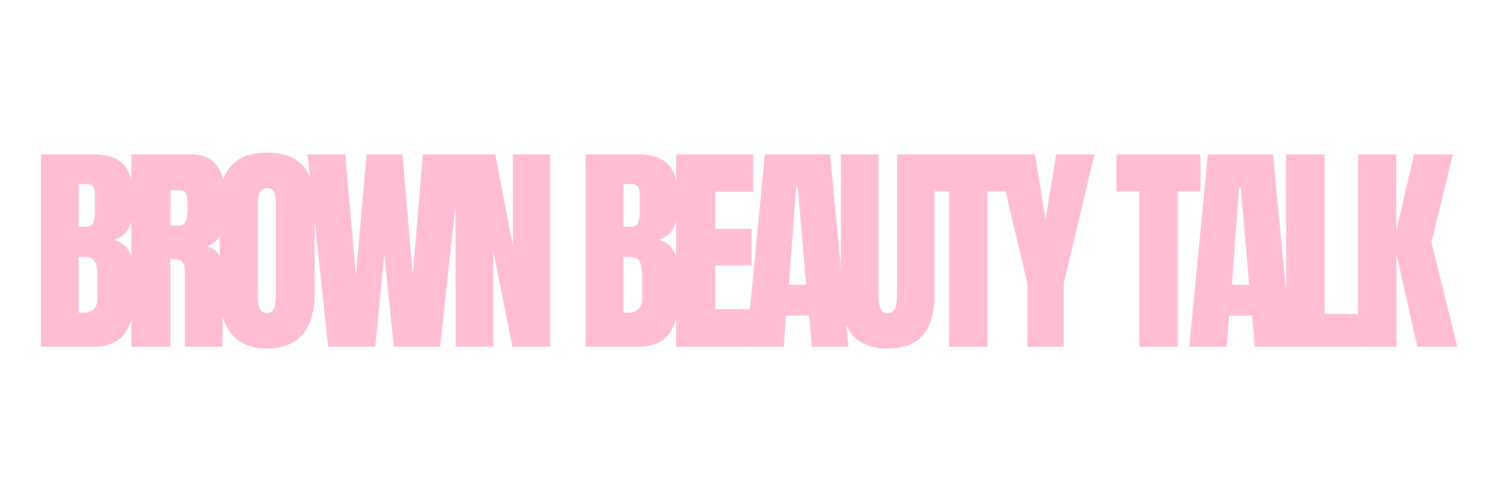Before you go splurging your money on lots of skincare products you need to find out what your skin type is. There are four types of skin types; normal, dry, oily and combination, Magdalene Lafontant, founder of Nakai Skincare breaks it down.
How do you determine your skin type?
First of all each person is actually born with their skin type - genetics and ethnicity determines this. There are characteristics of how your skin feels for you to specifically determine what skin type you have.
Normal
Your skin is well-balanced - not too dry or too oily. You are not typically prone to breakouts or flakiness and tend to have a balanced t-zone.
Dry skin
Your skin will feel tight and look flaky due to to lack of moisture and lipids aka fats. Dry skin can also become itchy, sore and moreover reactive to temperatures so suncare is key.
Oily skin
Your skin will be more prone to blemishes, blackheads and whiteheads because your pores get clogged with oil and a build up of dead cells.
Combination skin
Your skin will be both oily and dry at the same time and what we call the T-zone (from across the forehead going down the nose to the chin) is usually oilier.
How can I work out my skin type?
The Bare-Face Method
An easy way to determine your skin type is to carefully study your bare skin. Wash your face with a cleanser, pat it dry and do not apply any skincare products.
After 30 minutes up to an hour, observe your skin. If it appear shiny on your cheeks and t-zone then you might have oily skin. If your skin feel tight and have flaky areas, then your skin is probably dry. If you see a mix of oiliness and dryness, then you most likely have combination skin.
The Blotting Sheet Method
Another way to determine your skin type is by gently pressing a clean blotting sheet on various spots of your face. Then, hold the sheet up to a light to see how much oil was absorbed. Your skin type will generally be dependent on how much oil is visible, meaning the more oil on the paper, the more likely you have oily skin.
If there is little to no oil visible, you most likely have dry skin. If the blotting sheet reveals minimal oil from your forehead and nose, your skin is probably normal or combination.
Asking the experts
You can find out your skin type by heading to a beauty counter in the store - post Lockdown. Consultants are trained to tell you what your skin type is. They will recommend the skincare products they sell but do not feel pressurised to buy. You can also go to an aesthetician who will examine your skin thoroughly and give you tips on your skin type and whatever issues you have.
Most aestheticians will offer a FREE consultation if you request one so do check before you book the appointment. Again the aesthetician may recommend products that you can use but do take your time to research what is on the market - you can always go back to purchase the products if you wish.
What is the skin barrier?
This is the skin's mechanism that protects us from irritation and any water loss that is caused by evaporation on the skin's surface. In order for your skin to stay protected you need to maintain great water levels. Be aware when your skin is dry because this increases the risks of damage and sensitivity.
Understanding ingredients is crucial too. People tend to blame the product when they were actually using the wrong products for their skin type which does attribute to disrupting your skin barrier.
Tomorrow we will be covering dry, combination and oily skin types.





